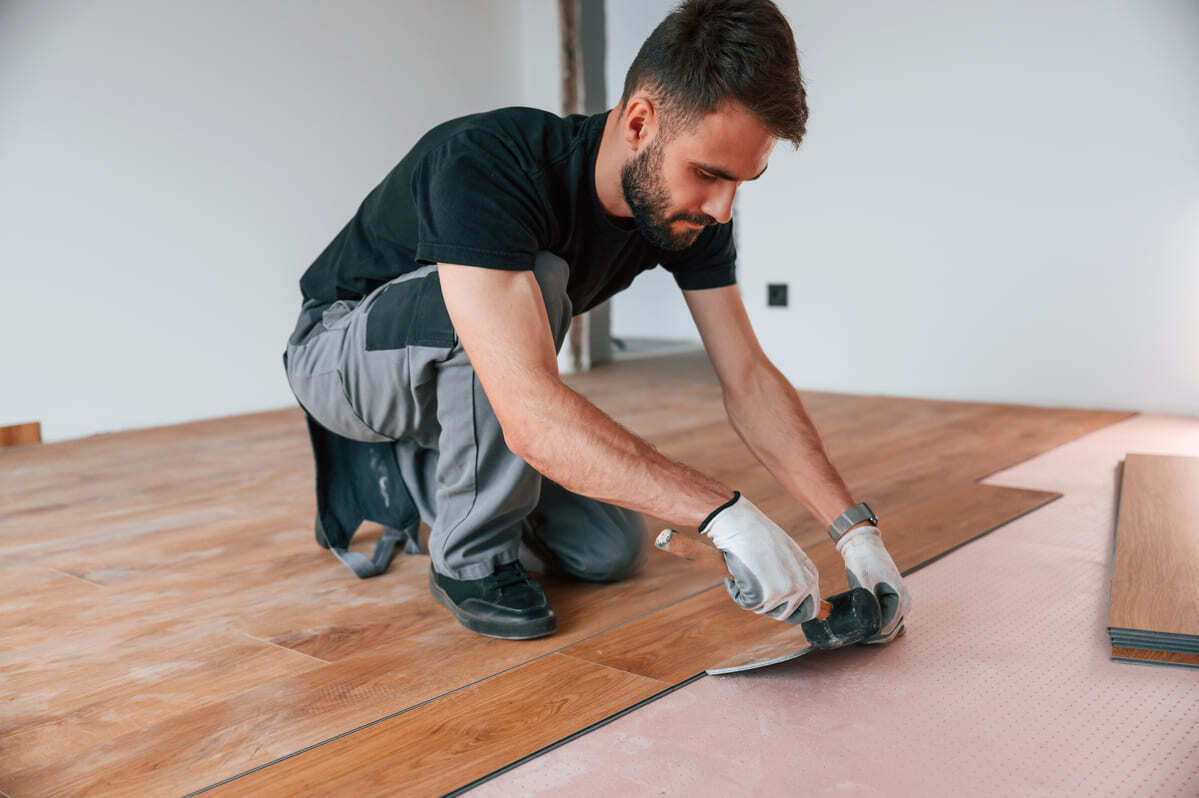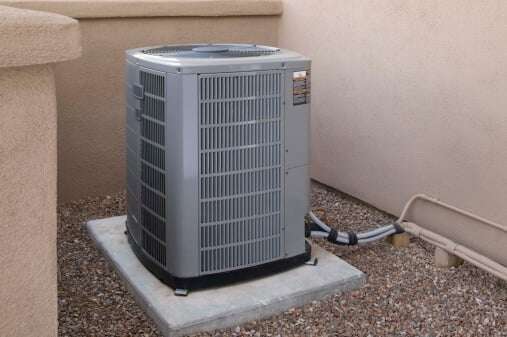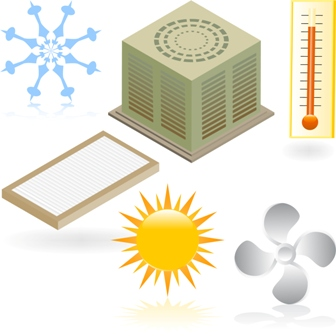 It's never a pleasant discovery, but it's hardly shocking, either: You reach back into a far corner of your refrigerator, grab a balled-up wad of aluminum foil, unravel it and find a moldy mound of who-knows-what leftover.
It's never a pleasant discovery, but it's hardly shocking, either: You reach back into a far corner of your refrigerator, grab a balled-up wad of aluminum foil, unravel it and find a moldy mound of who-knows-what leftover.
Over time, most food becomes a breeding ground for mold. That's to be expected. But what about when you find mold on your air conditioning vents? Isn't this rather bizarre? Or are your eyes deceiving you?
Actually, no – not if you consider that mold can grow wherever water or moisture accumulate. So insofar as condensation can form on air conditioning vents, mold can follow right behind.
Try not to panic, and instead take a few moments to learn about the possible causes of mold on your vents. This step is vital because you must pinpoint the source of the moisture problem and fix it or the mold will almost certainly return.
You’ll also have to decide whether you can clean up the mold yourself or if you will need an air conditioning service company to lend a hand, with or without a duct inspection and possible duct cleaning.
Moisture breeds mold
As you stare in confusion at that green substance on your air conditioning vent, it might help to remember that the growth is not as far-fetched as it seems.
Think about your favorite meteorologist, who probably refers to the daily humidity level. When high, it can make it feel hotter and definitely steamier outdoors. Achieving a comfortable humidity level indoors during the summer can be tricky, especially because your air conditioner works to achieve two basic functions: cooling your home and removing enough moisture from the air so that you feel more comfortable but not so much moisture that the air becomes unhealthy to breathe.
Your home's indoor relative humidity should register below 60 percent to prevent mold growth – with a good range of between 30 and 60 percent. (By way of comparison, at 65 percent relative humidity, the clothes in your closet might develop mildew. And at 70 percent relative humidity, your white, cloth gym shoes will turn green.)
The "dew point" is the temperature at which air becomes saturated with water, so that it literally forms dew. Indoors, air can reach dew point when warm, humid air comes into contact with something cold. At this point, it makes condensation, or water – just as it does when you pour warm tea in a glass full of chillin' ice cubes.
Knowing this, then, you can find mold on an air conditioning vent if:
- The air coming out of the vents is about 20 degrees colder than your home's indoor air. This “temperature differential” can cause condensation, and mold, to form on your vents.
- Your air ducts are leaking above the air conditioning vent or at the duct-vent connection. Condensation can form even without a 20-degree temperature split, especially if air in a nearby, unconditioned wall cavity is very warm.
Consider cleanup options
At this point, you might wish to call an air conditioning service company for assistance. For many homeowners, finding mold on an air conditioning vent is unchartered territory, unlike finding a moldy leftover in the refrigerator.
Still, the cleanup method is surprisingly straightforward. The U.S. Environmental Protection Agency says that if “the moldy area is less than about 10 square feet, in most cases, you can handle the job yourself.” Remove as much mold as you can with a paper towel, scrape off any residue with a bristle brush and clean the vent with warm, soapy water. Then dry the vent thoroughly.
This cleanup method should address the first scenario. But if your ducts are leaking, you might have a bigger problem on your hands that will require the expertise of an air conditioning service company on two levels: finding and repairing the leak and then possibly cleaning your ducts, especially if there is mold growing inside of them.
The EPA is a staunch advocate of yearly air conditioner tune-ups by a licensed technician. It stops short of recommending annual duct cleaning, though it pulls no punches on one point: “You should consider having the air ducts in your home cleaned if there is substantial visible mold growth inside hard surface (e.g., sheet metal) ducts or on other components of your heating and cooling system.”
Unpleasant but hardly shocking, mold growth is still a mess. Let Experts In Your Home help you identify the source of the moisture, get rid of it, make repairs, and establish a comfortable indoor humidity level for your home. You're bound to feel empowered about gaining the upper hand on mold – right down to defusing future “food bombs” in your refrigerator.
Contact Experts In Your Home the next time you need an air conditioning service company!








